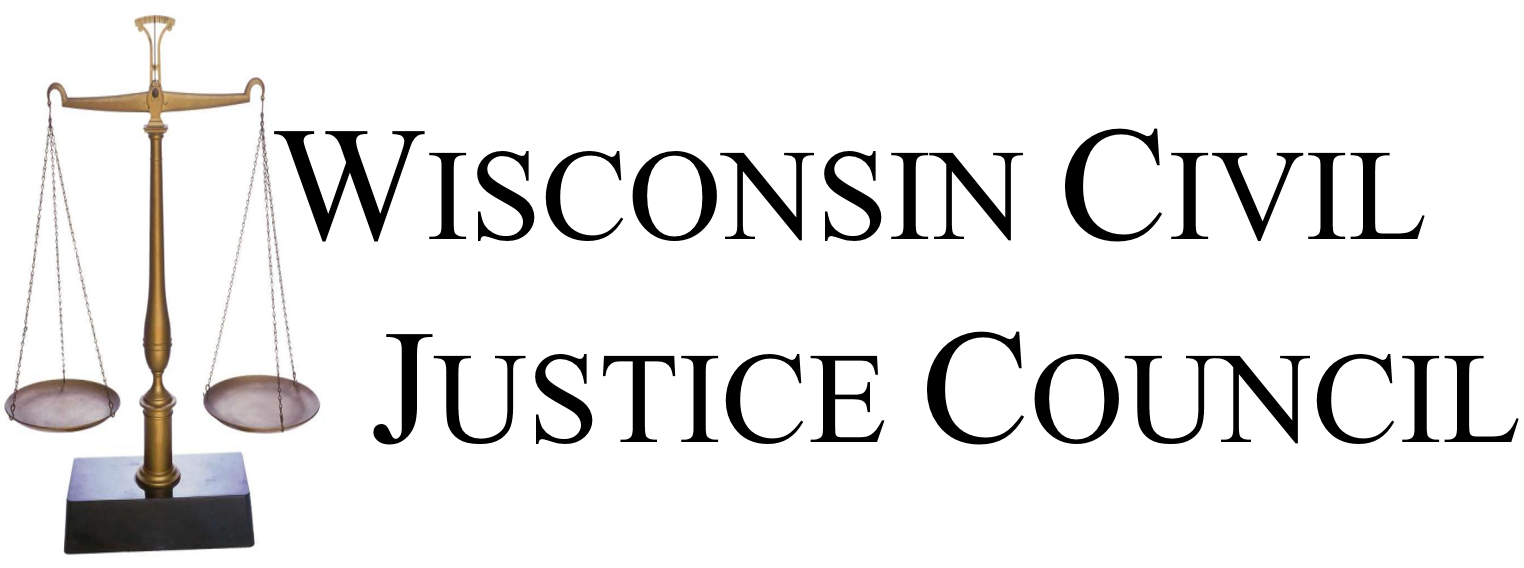In a troubling 4-3 decision authored by Chief Justice Abrahamson, joined by Justices Crooks, Bradley, and Prosser, the Wisconsin Supreme Court held that the plaintiff’s insurance carrier, American Family Insurance, had a duty to defend and indemnify the tortfeasor because the torfeasor was a “permissive user” of the plaintiff’s vehicle under American Family’s policy. Justice Roggensack authored the dissenting opinion and was joined by Justices Ziegler and Gableman.
This decision is Blasing v. Zurich American Family Ins. Co., 2014 WI 73.
Background
The plaintiff, Vick Blasing, was injured by an employee of Menard, Inc. Blasing drove her pickup truck to a Menards store to purchase lumber. Blasing drove her vehicle into the lumberyard and stood outside of her vehicle. As the boards of lumber were being loaded into her truck, a Menards’ employee dropped a few boards onto Blasing’s foot, injuring her.
Blasing sued Menards and its insurer, Zurich, alleging negligence and a violation of Wisconsin’s safe place statute. Blasing’s vehicle was covered by American Family Insurance Co. Menards proceeded to tender its defense of Blasing’s claims to American Family, asserting that Menards was covered under Blasing’s policy because the Menards employee was a “permissive user of Blasing’s vehicle.”
American Family intervened in the case and argued that Menards was not covered as an additional insured under Blasing’s policy because the Menards employee was not “using” Blasing’s vehicle within the meaning of the policy or Wisconsin law (Wis. Stat. § 632.32(3)(a)). This law requires automobile insurance policies to provide additional vehicle users the same protection as is afforded to the named insured.
The circuit court ruled in favor of American Family, holding that American Family had no duty to defend or indemnify Menards.
Court of Appeals Decision
The Court of Appeals, Dist. III, reversed and held that American Family did owe a duty to defend and indemnify Menards. Specifically, the Court of Appeals held that because the policy holder/plaintiff (Blasing) would have been “using” her truck if engaged in the loading activity at Menards, and because the Menards employee was acting with Blasing’s permission to load her vehicle, then Wisconsin’s law requires coverage for Menards under Blasing’s American Family automobile policy.
Wisconsin Supreme Court Decision
The Supreme Court affirmed the Court of Appeals and held that American Family, the plaintiff’s insurance carrier, owed a duty to defend and indemnify the tortfeasor in this case.
In reaching its decision, the Supreme Court stated it was required to address three “separate inquiries”:
- Do the alleged tortfeasor’s actions constitute a “use” of the pickup truck under the American Family liability policy?
- Does American Family’s automobile liability insurance policy require American Family to defend and indemnify a permissive user tortfeasor when the injured victim is the named insured under the policy?
- Does the concept of a “permissive user” under Wisconsin’s Omnibus Statute (Wis. Stat. § 632.32(3)(a)) require an injured person’s own liability insurer to defend and indemnify the tortfeasor who injured the insured when the tortfeasor has its own liability insurance?
For the first two questions, the majority answered in the affirmative. According to the majority opinion, because the Court “disposed of the instant case based on the text of the American Family policy,” it did not need to address the third question.
In addressing the first question, the majority held that the Menards’ employee’s actions of loading the plaintiff’s vehicle constituted a “use” of the pickup under the American Family automobile liability insurance policy.
Addressing the second issue, the majority again held that American Family Insurance’s policy required American Family to defend and indemnify the tortfeasor when the injured victim is a named insured under the policy. The majority dismissed American Family’s argument that it would be absurd to require American Family to defend and indemnify the tortfeasor. Although the majority acknowledged that requiring American Family, as the insurer for the plaintiff, to defend and indemnify the tortfeasor “might appear to some to be anomalous,” it nonetheless affirmed the Court of Appeals’ decision.
According to the majority, “American Family drafted the policy, which the named insured accepted. In the policy, American Family ‘has a contractual duty to defend its insured…’ An insured under the American Family policy is the Menard employee. Thus, the result we reach is in accord with the policy.”
Dissenting Opinion
The dissenting opinion argues that the majority fails to address the third question posed by American Family, which is whether the concept of a “permissive user” under Wisconsin’s Omnibus Statute (Wis. Stat. § 632.32(3)(a)) requires an injured person’s own liability insurer to defend and indemnify the tortfeasor who injured the insured, and where the tortfeasor has its own liability insurance.
According to the dissenting opinion, the majority should have concluded that “when a direct action has been commenced against the insurer of a named defendant, as is the case here, the defendant’s insurer must provide the defense unless that insurer first can prove there is no coverage for any of the claims made.” The dissenting opinion further noted that majority should have prevented the plaintiff’s personal automobile policy from being converted into comprehensive liability insurance for the tortfeasor.
